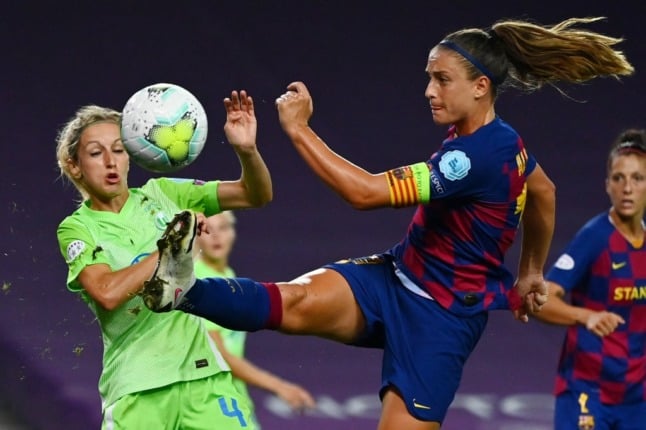Among them are Bremen’s Magic Hearts, who have a home-field advantage. The girls may make back-handsprings, stunts and pyramids look easy, but they aren’t, Bremen coach Traute Lauterbach says.
“On the contrary, it takes intense practice in acrobatic, dance, gymnastics and performance to be able make it appear effortless to the audience,” she said.
The traditionally American sport only developed in Germany when American football gained popularity in the last few decades. But in America is has a long history. Lauterbach explained that students at the University of Minnesota were already organising cheers for basketball or football games in 1898, and the tradition gained more acrobatic elements over time.
The Bremen Magic Hearts were one of the first squads to develop when cheerleading became popular in Germany and are regularly booked to support different teams, she said.
The group’s competition routine includes dancing in sync with the beats of Bananarama’s “Venus.” During practice the 15 girls assemble, blow kisses to the imaginary audience and toss one girl some four metres into the air. Two other girls – balanced on one foot each – catch her.
“Trust in the team members is the most important thing in our sport,” said 19-year-old Lauterbach, who herself broke a vertebrae in a cheering accident several years ago. “It’s always possible that something could happen. That was the worst experience in my cheerleading career.”
In addition to the national competition, Bremen will also host the cheerleading world championships in November. And though the sport may have Yankee roots, American teams are not the competition favourite. Asian teams have dominated the podium for years.




 Please whitelist us to continue reading.
Please whitelist us to continue reading.